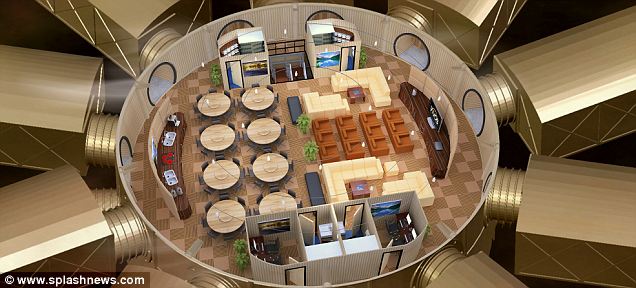
Reservations for a doomsday bunker in the U.S. have rocketed since Japan's catastrophic earthquake, tsunami and nuclear meltdown.
The 137,000sq ft bunker - designed to house 950 people for a year and withstand a 50 megaton blast - is currently being built under the grasslands of Nebraska.
Vivos, the California-based company behind it, is taking $5,000 (£3,100) deposits, which will have to be topped up to $25,000 (£15,600) to secure a place.
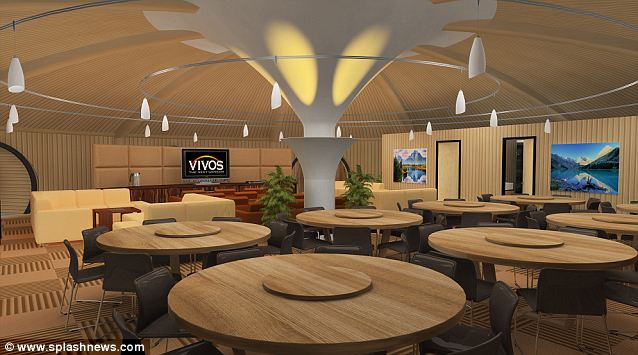
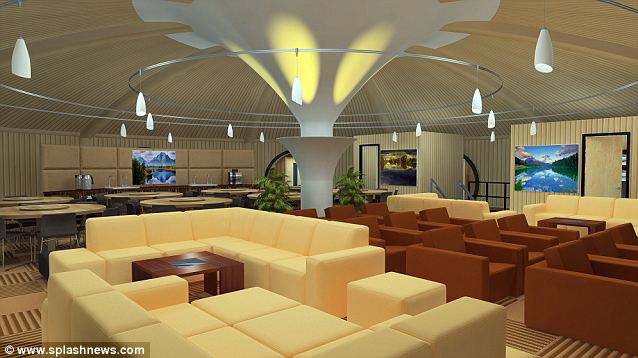
It says applications have soared 1000 per cent in the wake of the disasters in Japan. And the bunkers will be kitted out with all the modern conveniences the American consumer has come to expect.
Once finished the complex will feature four levels of residential suites, a dental and medical center, kitchens, pet kennels, a bakery, a prayer room, a fully stocked wine cellar and even a prison to detain any misbehaving residents.
There will also be a 350ft tall lookout tower so residents can see what is going on around them - and if it's safe to emerge.
'People are afraid of the earth-changing events and ripple effects of the earthquake, which led to tsunamis, the nuclear meltdown, and which will lead to radiation and health concerns,' said Vivos CEO Robert Vicino.
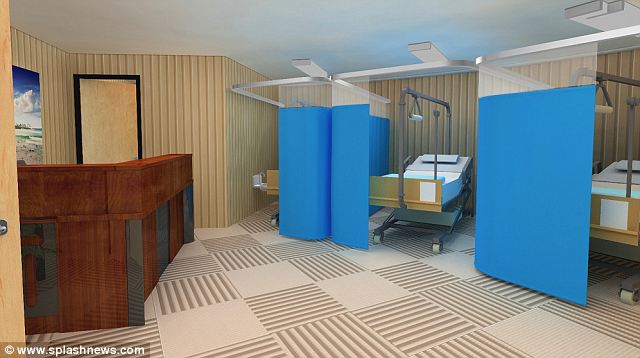
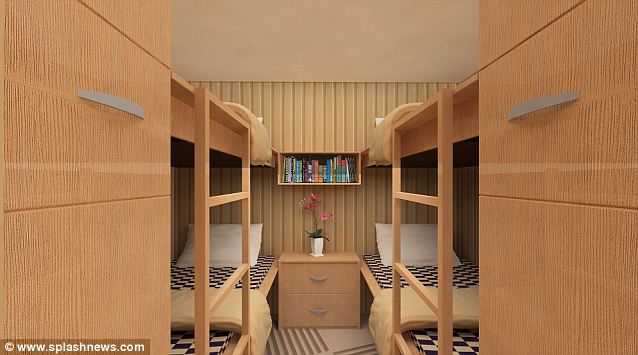
At least 15 states have now reported radioactive particles from the stricken Fukushima reactor. Earlier in the week the Environment Protection Agency confirmed radiation was found in air filters in Alabama and in rainwater in Pennsylvania and Massachusetts.
Though the trace levels are very low and not hazardous to health, residents have been warned not to use rainwater which has been collected in cisterns.
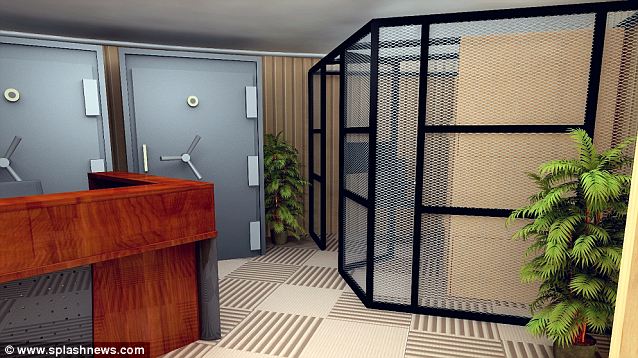
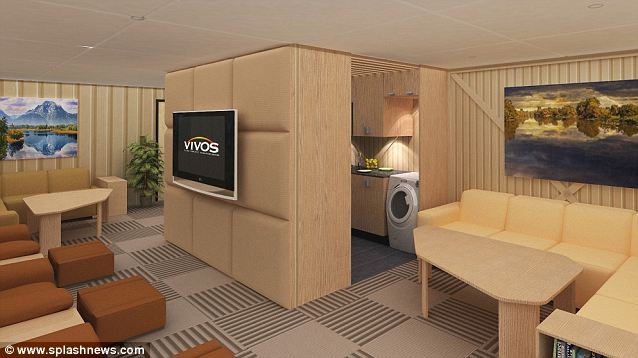
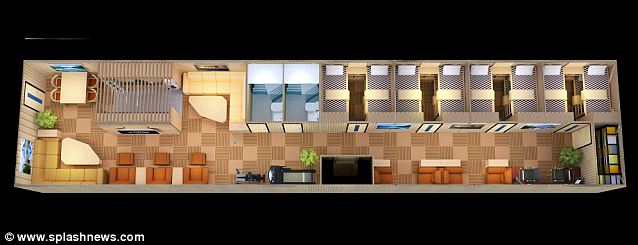
The company claims its bunkers are designed to withstand a range of catastrophic events, from nuclear terrorism to the gravitational havoc a rogue planet sweeping across the solar system could cause.
Interest in doomsday bunkers has grown over recent years, but critics say developers are simply trying to cash in on public panic. Oleg Repchenko, the head of Russian analytical centre 'Indicators of Real Estate Market', told The Voice of Russia: 'These fears emerged in the US a long time ago back in the Cold War era.
'September 11, 2001 has seriously affected the psychology of common Americans and part of the population is afraid of disasters and terrorist attacks.
'Panicking is quite typical for Americans even when a disaster happens not on their territory but across the ocean in Japan. Once something terrifying happens it makes people think more about their future.'



Wow. End of times thinking is truly sinking deep into popular awareness if this kind of endeavor is able to finance itself.
The Vivos website offers rather less than flattering images of the actual construction as compared to the artist's impressions. Looking at all those rows of bunk beds triggers a sense of claustrophobia in me.
It also seems to be rather like the econo-version of bunker safety. I notice that the hole it's being built into is not very far below ground level, and will perhaps offer an experience not unlike being crammed in an underground parking garage with carpeting. --And a thousand American reactionaries with just enough cash to afford this kind of. . , scam(?), but not nearly enough to qualify for the more hardened and luxurious facilities provided for the creeps who brought us to the brink of civilization's demise.